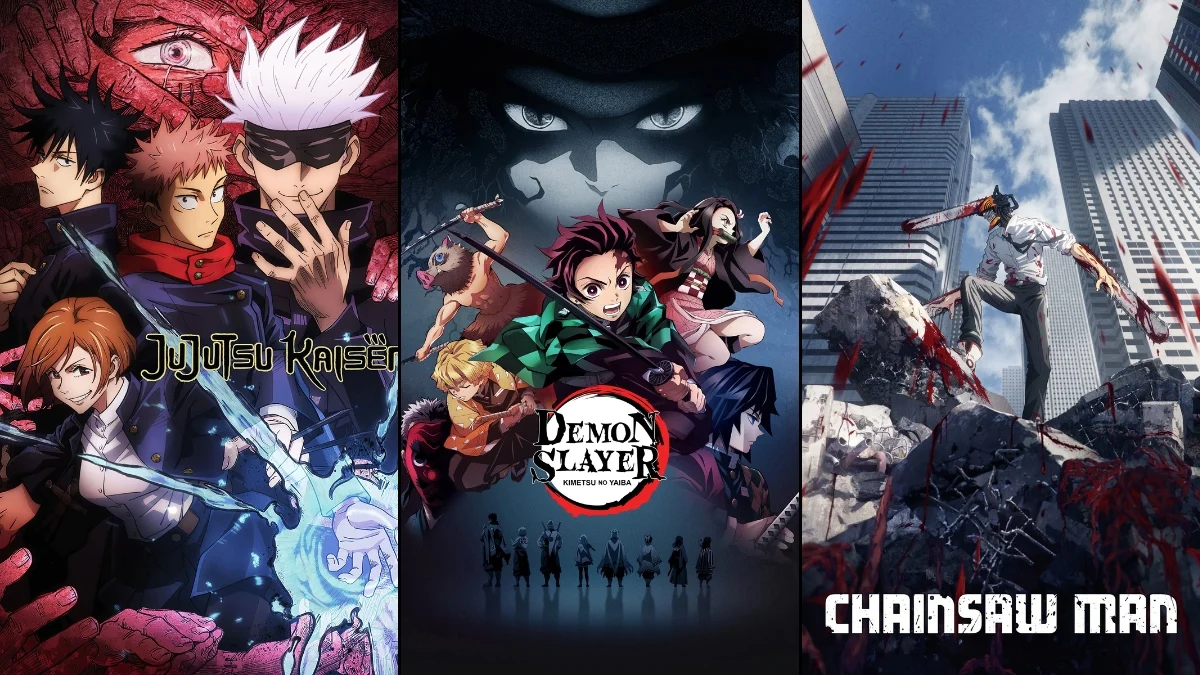
Strong beginnings are crucial for any story. The anime listed below all start with excellent first arcs that quickly establish the setting, explain how the world works, and make you care about what happens next. They do this through key plot points, well-developed worldbuilding, and clear goals, immediately grabbing your attention and making you want to keep watching from the very first episode.
‘Attack on Titan’ (2013–2023) – a wall breach that reshapes humanity’s fate

The story begins with a devastating attack: the Colossal and Armored Titans break through Wall Maria, forcing humanity to retreat behind the remaining walls and drastically changing their way of life. We meet Eren, Mikasa, and Armin, and follow their decision to join the military, specifically the Survey Corps, which leads the fight against the Titans. During their training and initial battles, the show explains how the unique ODM gear works, the basics of Titan biology, and the different roles within the military. These early events establish the core mystery of the series – the origin of the Titans and the secrets of the walls – and set the stage for the trio’s journey into the war.
‘Demon Slayer: Kimetsu no Yaiba’ (2019– ) – a family tragedy and the Final Selection
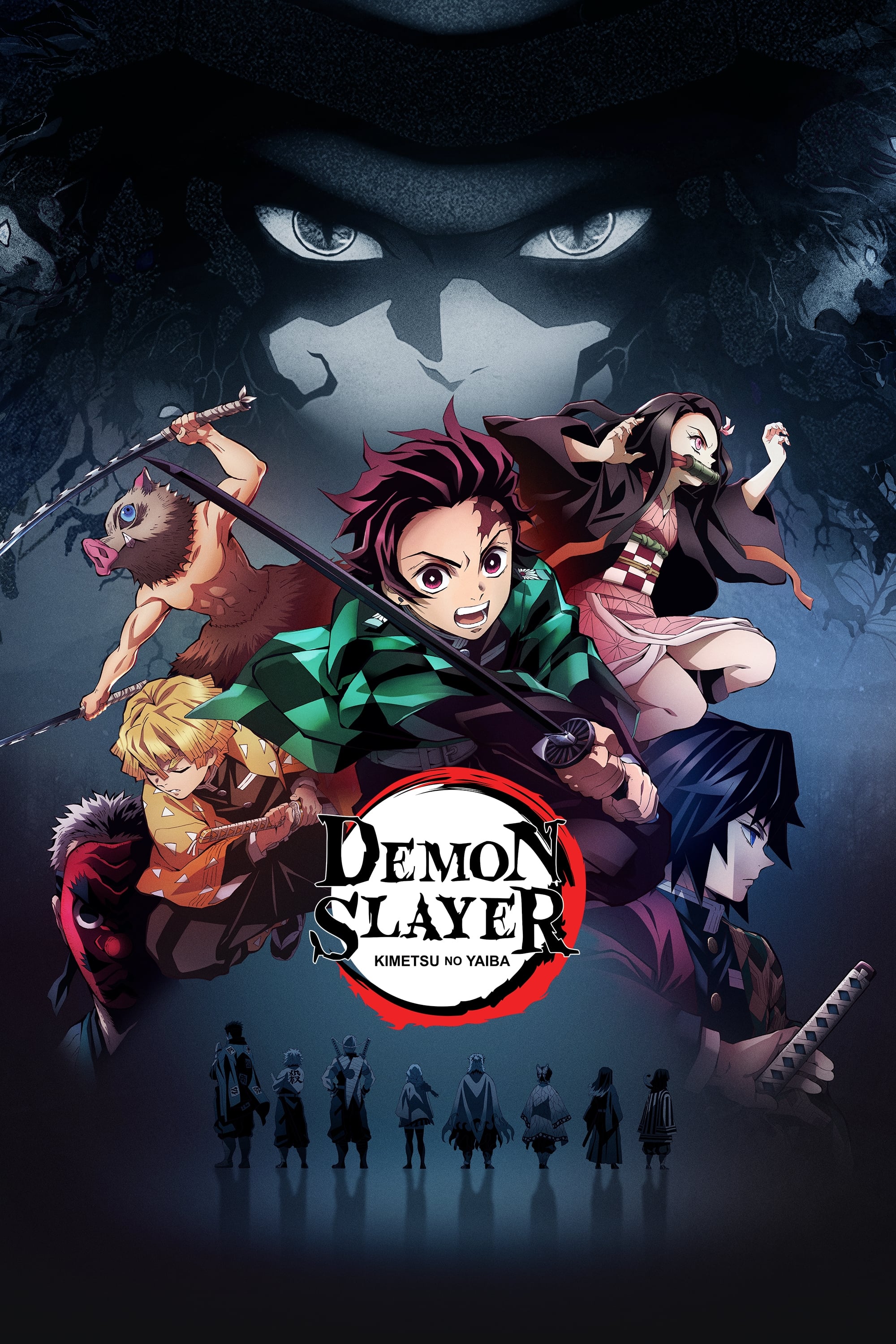
Okay, so the story kicks off with a truly brutal scene – Tanjiro comes home to find his family slaughtered and his sister, Nezuko, transformed into a demon. This sets him on a path to become a Demon Slayer, and he starts training with this incredibly skilled swordsman, Sakonji Urokodaki. We quickly get introduced to the whole Demon Slayer organization and their special swords during a tough recruitment trial on Mount Fujikasane. The early episodes really focus on showing us how demons fight – they have these unique powers called Blood Demon Arts – and how the slayers counter with different Breathing techniques. It’s a bit of a ‘monster-of-the-week’ setup at first, with Tanjiro battling various demons, but it quickly becomes clear that there’s a bigger, more sinister force at play – Muzan Kibutsuji, who seems to be the root of all evil.
‘Fullmetal Alchemist: Brotherhood’ (2009–2010) – alchemy’s rules and the brothers’ quest
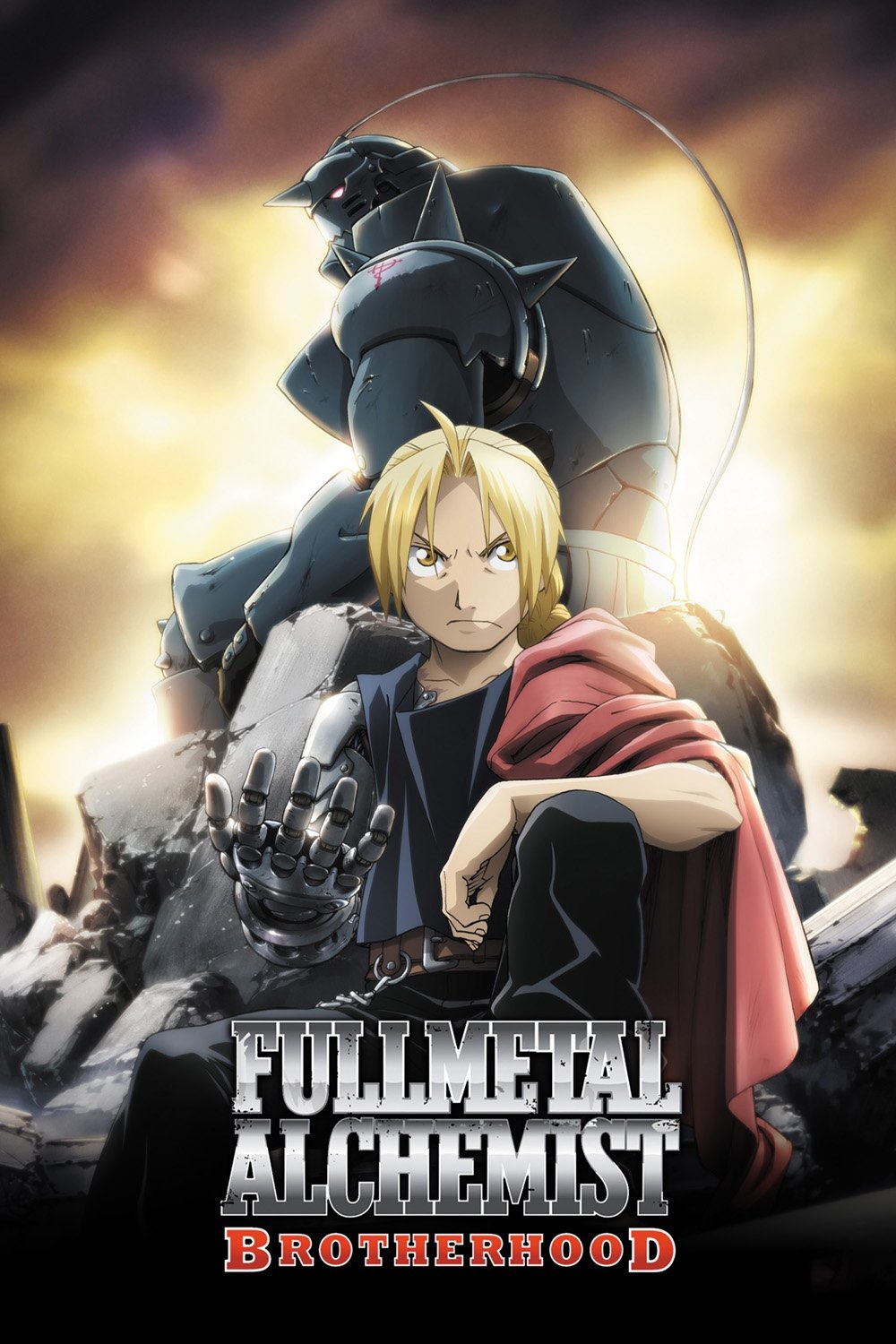
The story begins by explaining the fundamental rules of alchemy – that everything has an equal exchange – and the dangerous practice of human transmutation. We see how Edward and Alphonse Elric tried and failed to bring their mother back to life, a pivotal moment that shapes their journey. We’re also introduced to key characters like Edward’s mechanical arm, the elite State Alchemists, and the military hierarchy, including Roy Mustang and his aide, Riza Hawkeye. The initial cases, involving a town named Lior and a rebellious alchemist, set the stage for the series’ focus on investigations. Hints about powerful Philosopher’s Stones and the mysterious homunculi are dropped as the Elric brothers embark on a quest to regain their original bodies.
‘Jujutsu Kaisen’ (2020– ) – a cursed finger that changes everything
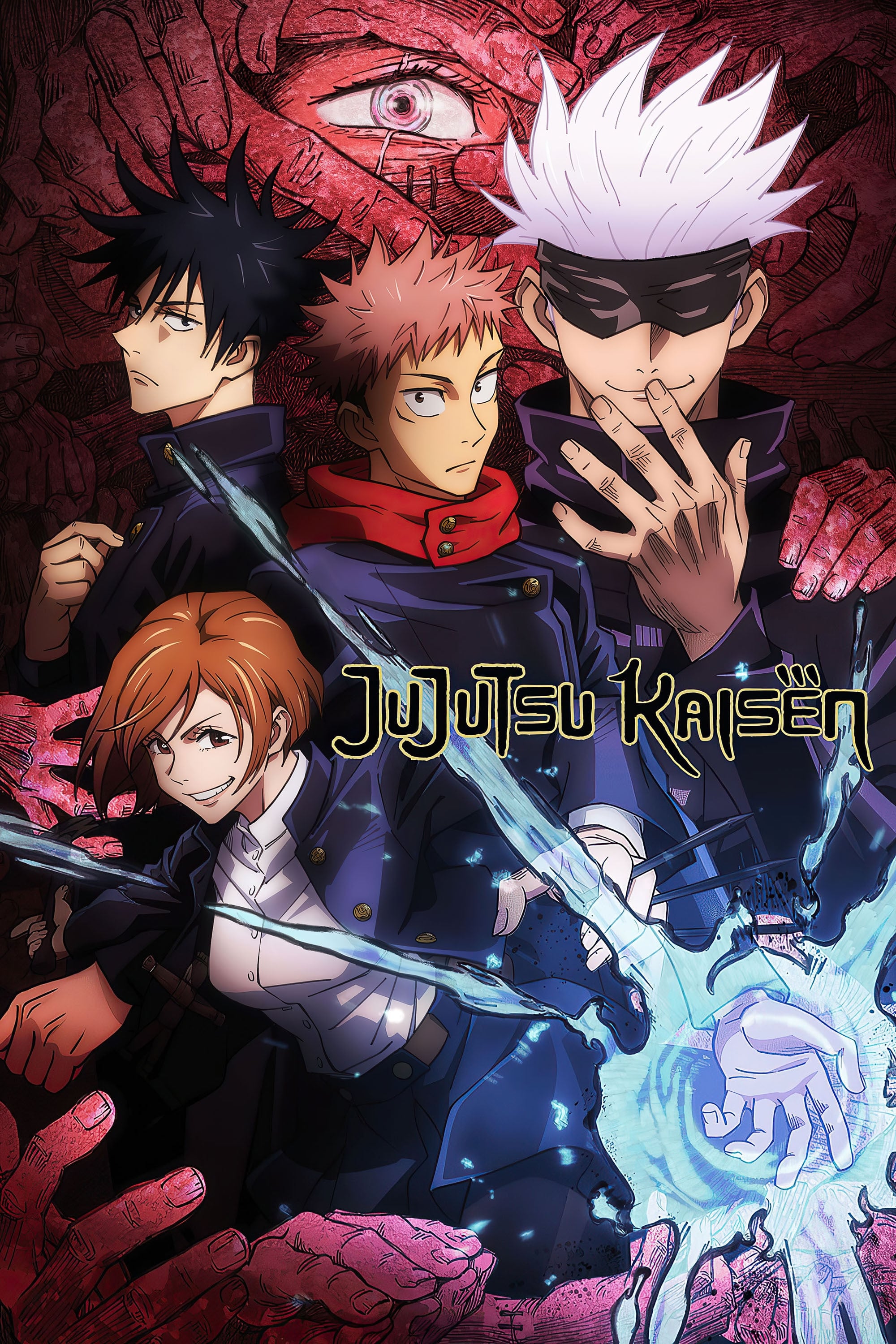
Yuji Itadori meets Megumi Fushiguro and accidentally swallows a powerful cursed object, which makes him the host for a dangerous spirit named Sukuna. The story then introduces Jujutsu High, a school for sorcerers, and explains how their power system – Cursed Energy – works. We meet key teachers like Satoru Gojo and Yuji’s classmates, Nobara and Megumi, who become his main team. As they take on early missions, they begin to understand how their special abilities function and the risks of fighting curses connected to specific places.
‘One Piece’ (1999– ) – a rubber pirate sets sail for the Grand Line
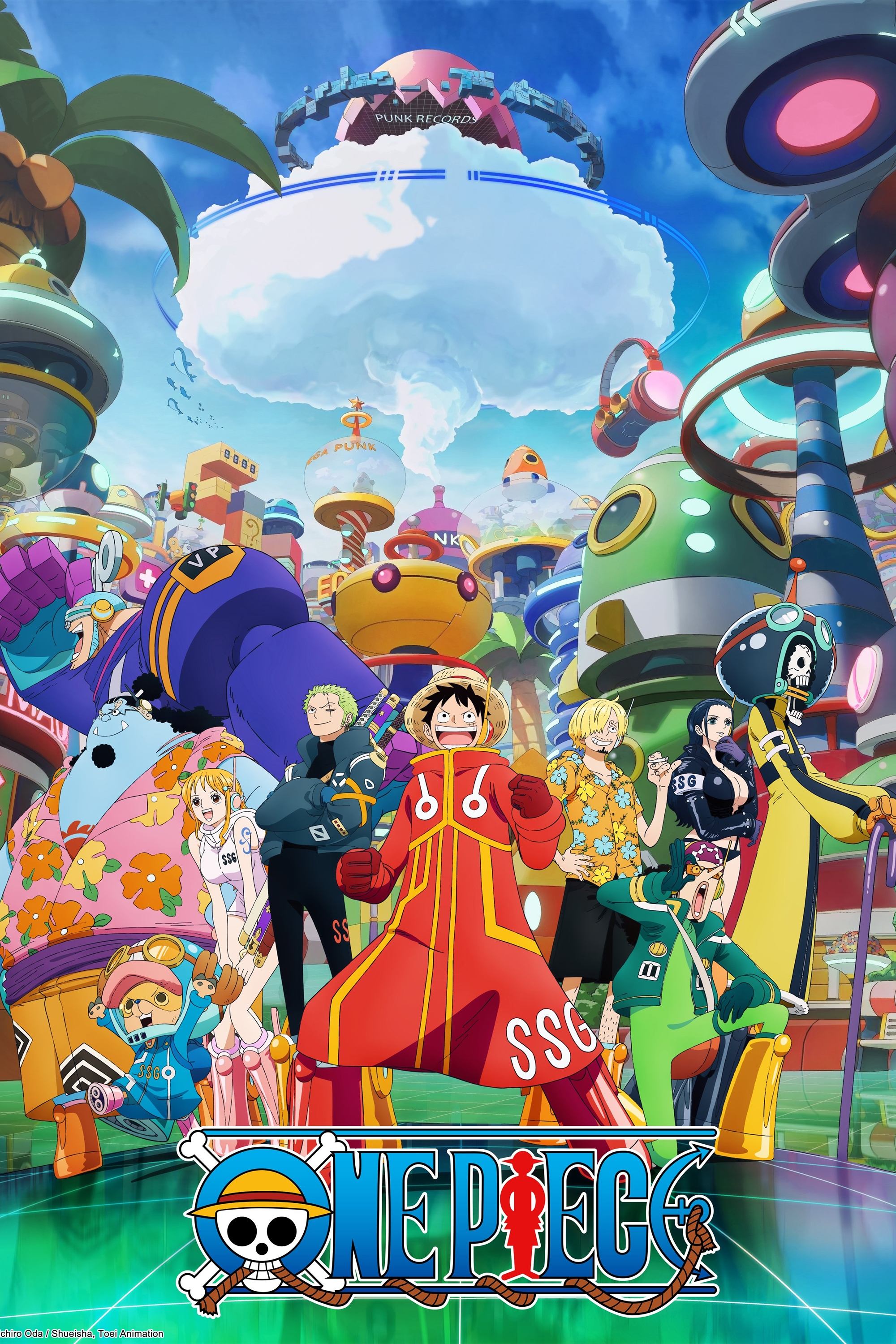
The story begins by introducing Monkey D. Luffy, a pirate with unique abilities from a special fruit, and his ambition to find the legendary treasure, the One Piece, to become the King of the Pirates. As he sets sail, Luffy quickly gathers important crew members like Zoro and Nami. We also learn about the world’s system of bounties, the Marines who enforce the law, and the setting of the East Blue sea. The series highlights the exciting age of pirates, the dangers and allure of the Grand Line, and how vital strong crews and recognizable flags are. The initial adventures are structured as a series of island encounters that all contribute to Luffy’s larger quest.
‘Naruto’ (2002–2007) – the Land of Waves mission that defines Team 7

Team 7’s initial mission quickly becomes a dangerous fight against Zabuza and Haku, showing them the harsh realities outside the village. Through this battle, they learn the fundamentals of chakra, hand signs, and the difference between using ninjutsu and taijutsu. The mission also highlights the hidden world of ninja politics, including the use of mercenaries, rogue ninja, and special operatives. Ultimately, the experience reinforces the importance of teamwork, a lesson first taught during the bell test, and becomes the foundation for how the team operates.
‘Naruto Shippūden’ (2007–2017) – the Kazekage Rescue turns personal into geopolitical

The story begins with the Akatsuki capturing Gaara, demonstrating their systematic pursuit of powerful tailed beasts. This event highlights the complex political relationships between ninja villages, moving beyond simple personal conflicts. We see the team’s improved skills and the results of their training through well-coordinated missions. This establishes the danger faced by those who host tailed beasts, and introduces the process of extracting those beasts, which becomes a central focus of the story.
‘Bleach’ (2004–2012) – a Substitute Shinigami steps into a hidden world
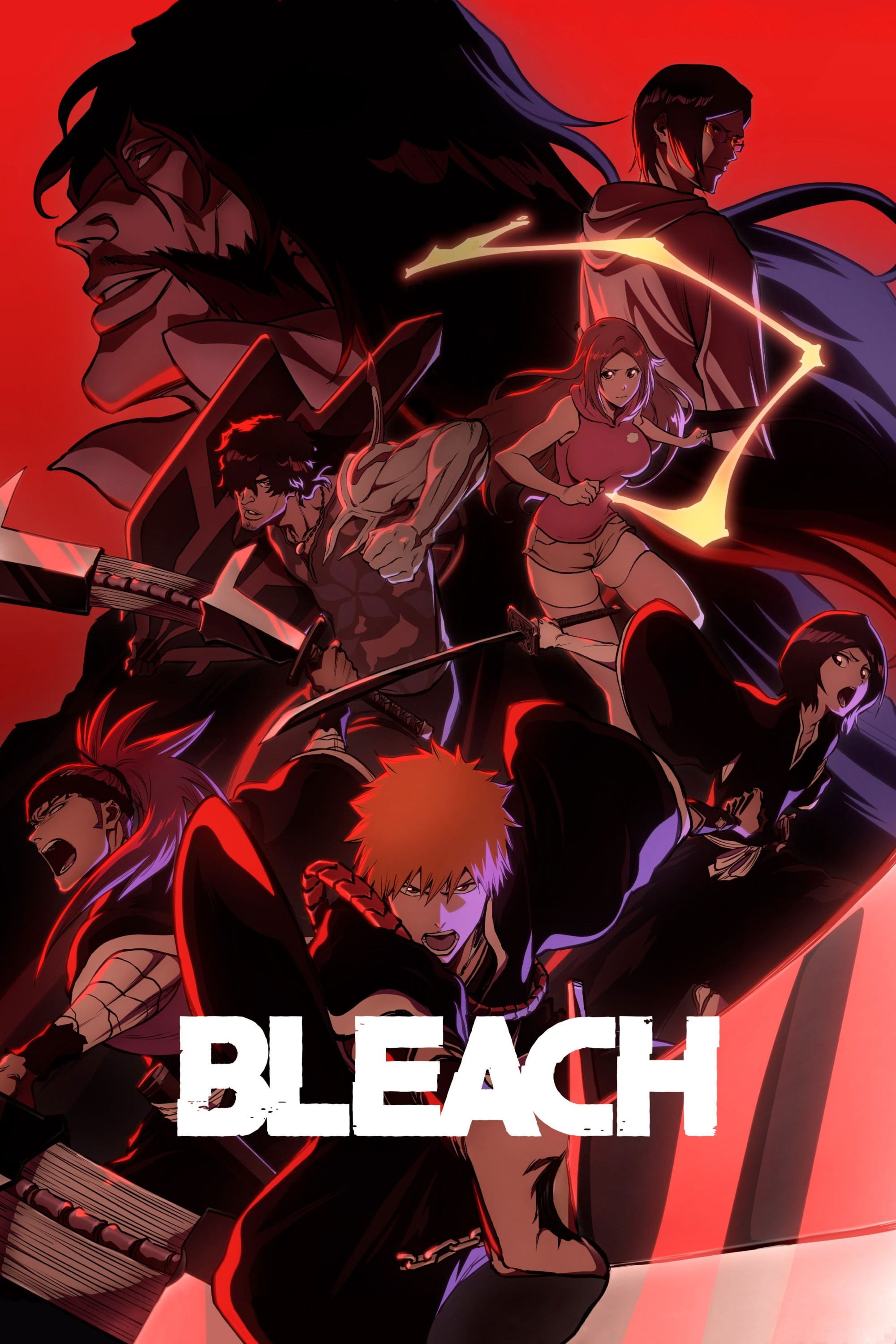
Ichigo Kurosaki gains the powers of a Soul Reaper from Rukia Kuchiki, and is introduced to the world of Hollows, spirits, and the Soul Society. The story begins by explaining important concepts like zanpakutō (Soul Reaper swords), Konsō, and what it means to be a Substitute Shinigami protecting humans. The series frequently alternates between Ichigo’s everyday school life and his duties as a protector. This initial arc also hints at future legal troubles within the Soul Society, foreshadowing the next big storyline.
‘Hunter x Hunter’ (2011–2014) – the Hunter Exam as a worldbuilding gauntlet
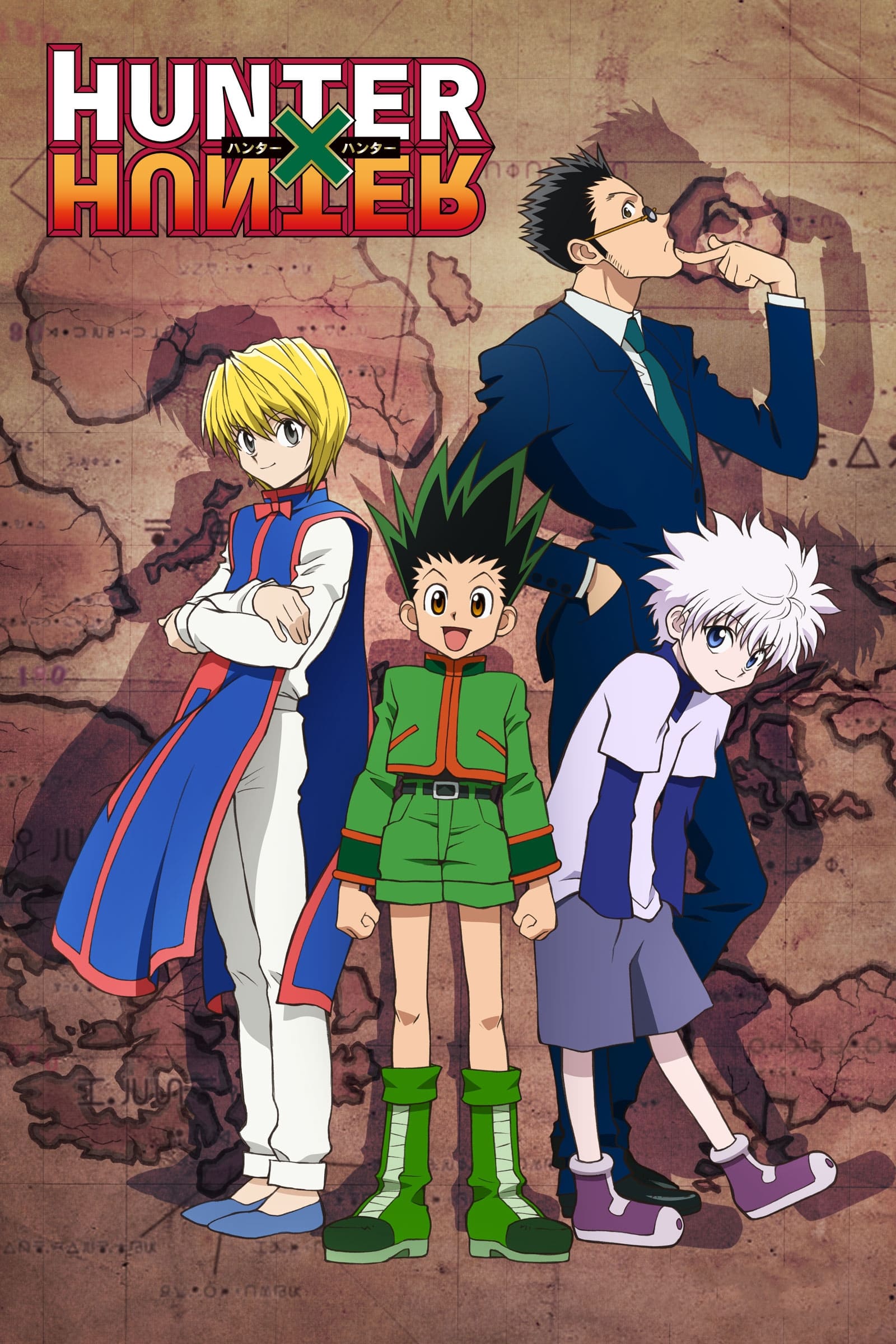
Gon, Killua, Kurapika, and Leorio first cross paths during a challenging and demanding exam designed to select the best Hunter candidates. The test throws a lot at them – including watchful supervisors, dangerous survival challenges, and constantly changing locations – forcing them to be flexible and quick-thinking. While the full extent of Nen isn’t revealed yet, the exam hints at the unique skills Hunters develop and the complex choices they often face. Throughout the exam, friendships and rivalries begin to form, giving us a glimpse into each character’s personality and what they hope to achieve, themes that continue throughout the story.
‘My Hero Academia’ (2016– ) – an entrance exam that defines a hero society

Izuku Midoriya’s journey begins with the challenging entrance exam and training at U.A. High, which reveals how heroes are ranked and licensed. We quickly learn about the powerful One For All quirk, including its benefits and the physical toll it takes on Izuku, as he deals with injuries and recovery. The story also introduces the school’s classes, support staff, and work-study programs. As training progresses, the threat of villains emerges, demonstrating the real dangers of being a hero and how heroism impacts the public.
‘Death Note’ (2006–2007) – a notebook turns crime into a cat-and-mouse
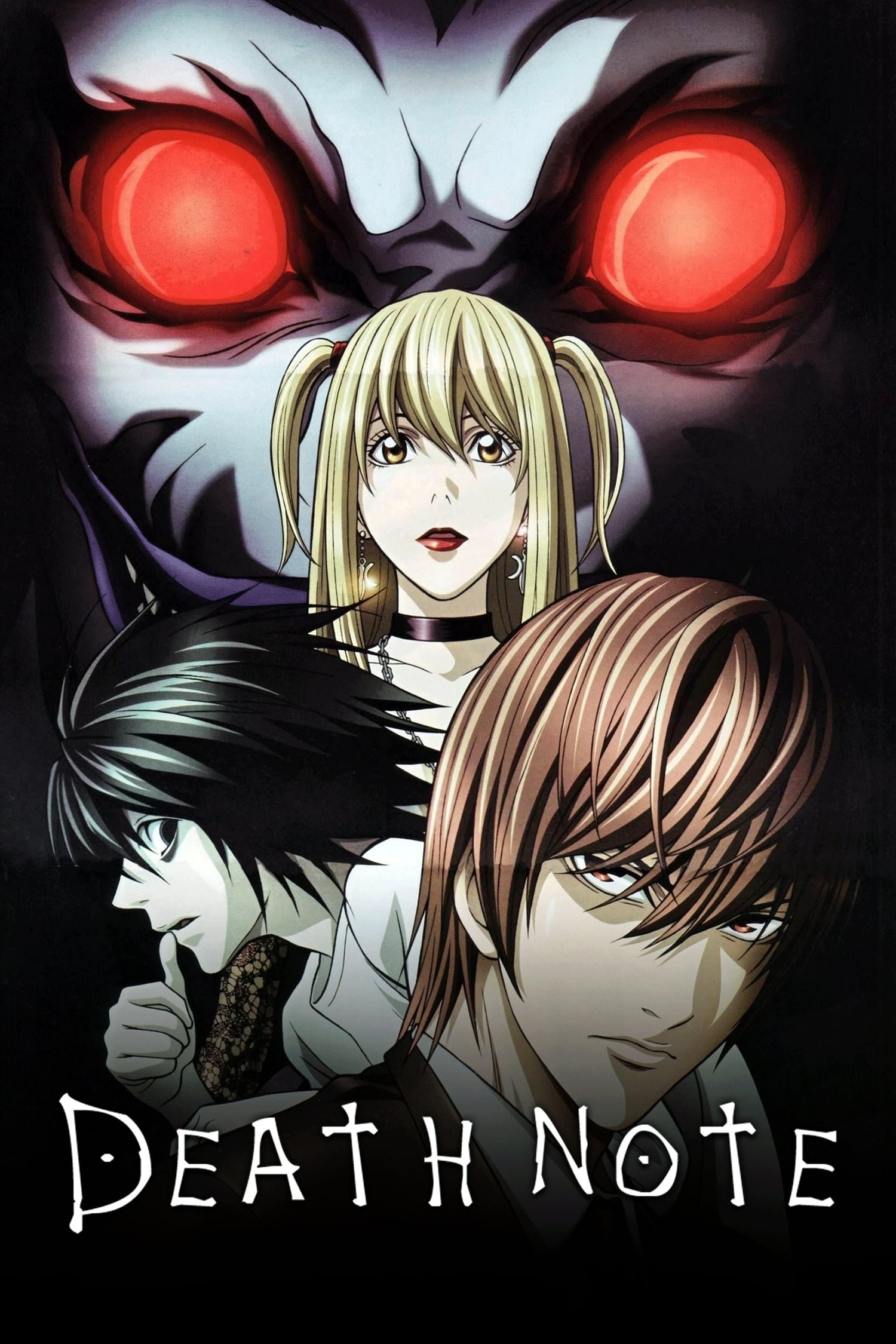
Light Yagami discovers he can kill people simply by writing their names, which quickly puts him on the radar of L, the world’s greatest detective. The story begins by explaining how this power works – including rules, the involvement of supernatural beings, and the challenge of remaining hidden. As the series unfolds, we see how law enforcement tries to catch an undetectable killer through clever strategies and dedicated task forces. From the very beginning, the show is built around a battle of wits, where both sides use evidence, alibis, and carefully planned revelations to try and outsmart each other.
‘Steins;Gate’ (2011) – accidental time travel in a cramped lab
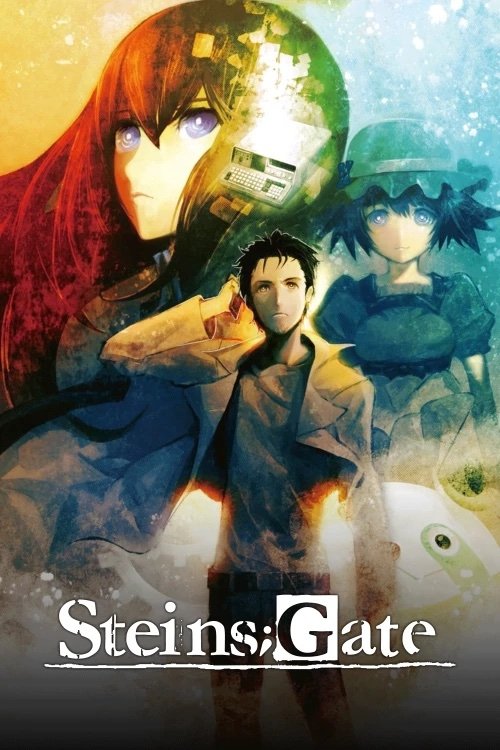
Rintaro Okabe and his friends accidentally invent time travel using a modified microwave, which lets them send messages to the past. This discovery introduces concepts like branching timelines and a device that measures changes to those timelines. The story initially focuses on a powerful organization called SERN and the danger of getting their attention. Each character’s personal story unfolds through different attempts at time travel, demonstrating how even minor alterations can have significant consequences. The plot establishes rules about sending messages through time and highlights the challenge of fixing problems without causing even bigger ones.
‘Vinland Saga’ (2019– ) – a prologue that forges a warrior

The story begins with Thorfinn’s childhood, showing his life during Viking raids and introducing the brutal world of Norse warfare and politics. We meet Askeladd’s group of warriors and see how they fight, highlighting the harsh realities of being a mercenary. The series establishes that true power comes from skills like sailing, fighting, and negotiating, rather than noble birth or titles. This early section also lays the groundwork for understanding the reasons behind the conflicts that will unfold later in England and other places.
‘Chainsaw Man’ (2022– ) – a devil contract and a government squad

Denji, after merging with Pochita, joins a special team within the Public Safety organization. The series explains how devils are named, how contracts with them work, and the ranking system between different types of devils, like fiends, devils, and hybrids. We also see how the team operates, who’s in charge, and how missions are planned and monitored. The initial missions reveal that the ultimate goal is to defeat the incredibly dangerous Gun Devil.
‘Spy x Family’ (2022– ) – Operation Strix makes a fake family
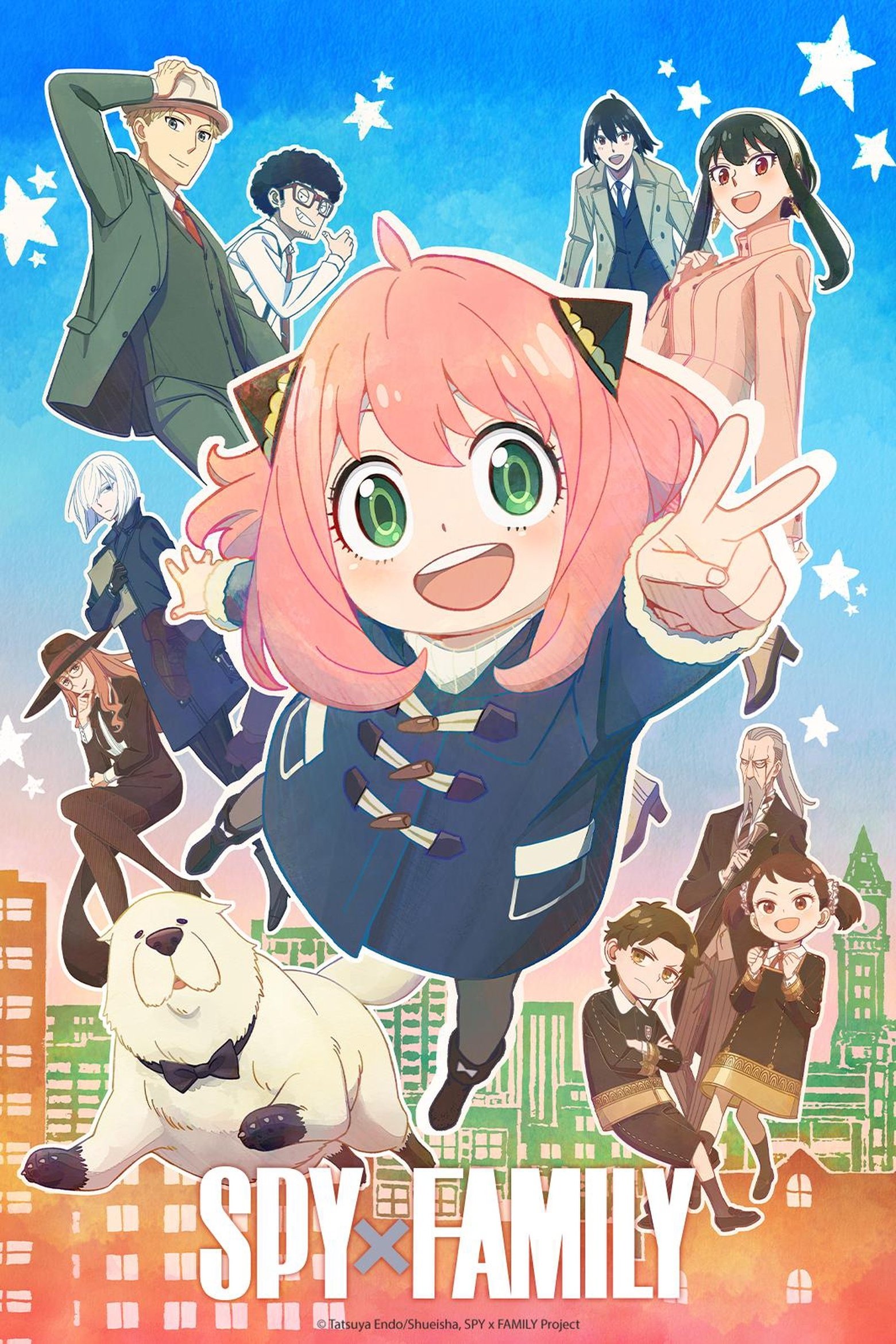
Twilight, a spy, creates a fake family with Anya and Yor as a cover to get close to his target at a prestigious school. The story begins by explaining how difficult it is to get into the school, how the house system works, and who the important people are. Anya’s telepathy adds a unique twist, giving extra depth to both normal life and secret missions. The story is set against a backdrop of Cold War-style conflict, with organizations like WISE and SSS working to maintain peace despite the hidden tensions.
‘Made in Abyss’ (2017– ) – a descent with strict rules and mysteries
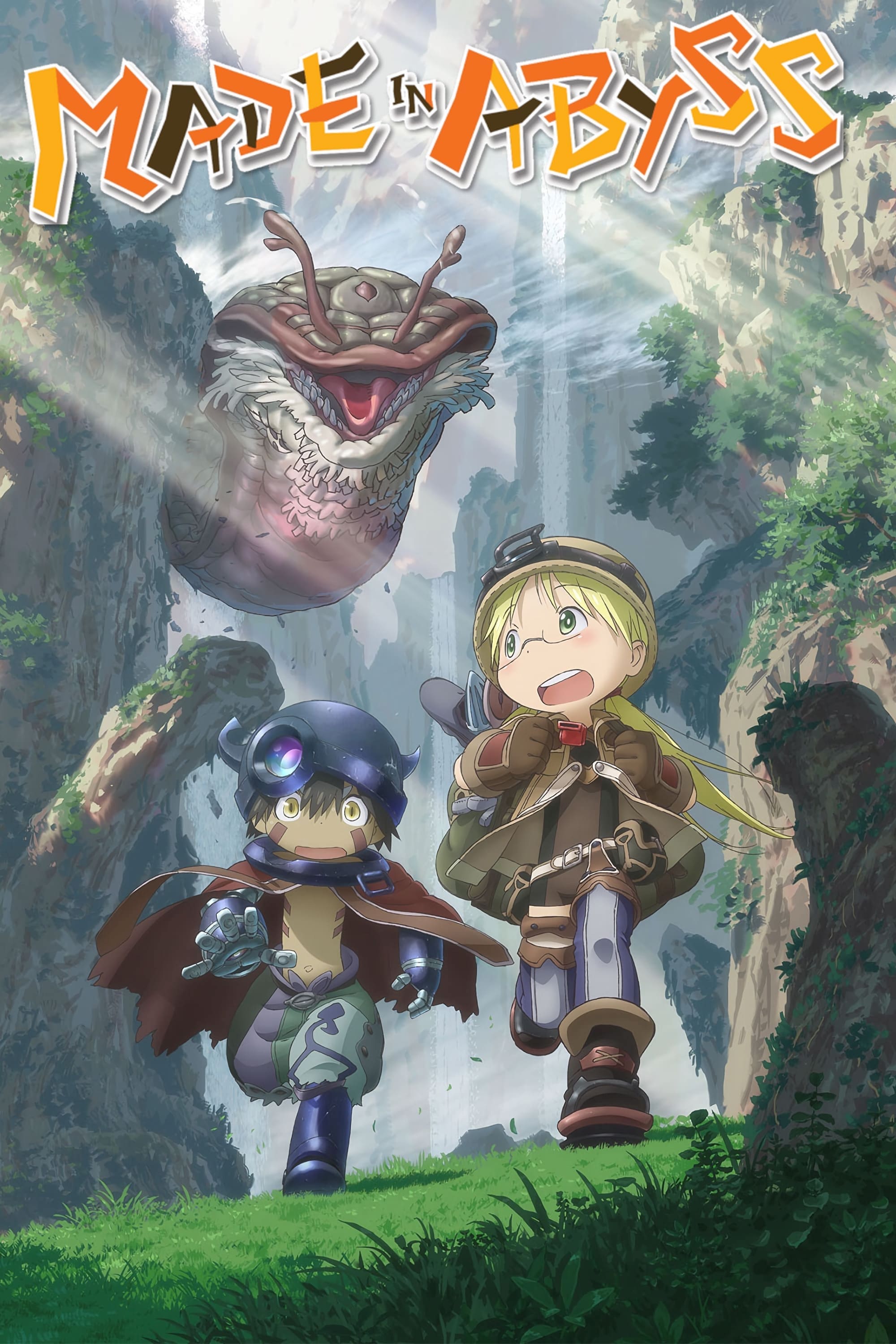
Riko and Reg depart from Orth, beginning their journey into the mysterious Abyss. Each level of the Abyss has its own distinct environment and hidden threats. The story introduces ancient relics, the ranking system for explorers known as Cave Raiders, and the dangerous Curse that affects anyone trying to climb back up. Through things like field notes, signaling whistles, and detailed maps, we see a society completely focused on exploring the Abyss. This initial part of the story establishes their ultimate goal of reaching the very bottom, while also hinting at the risks and sacrifices involved in every ascent.
‘The Promised Neverland’ (2019–2021) – a discovery that turns playtime into planning
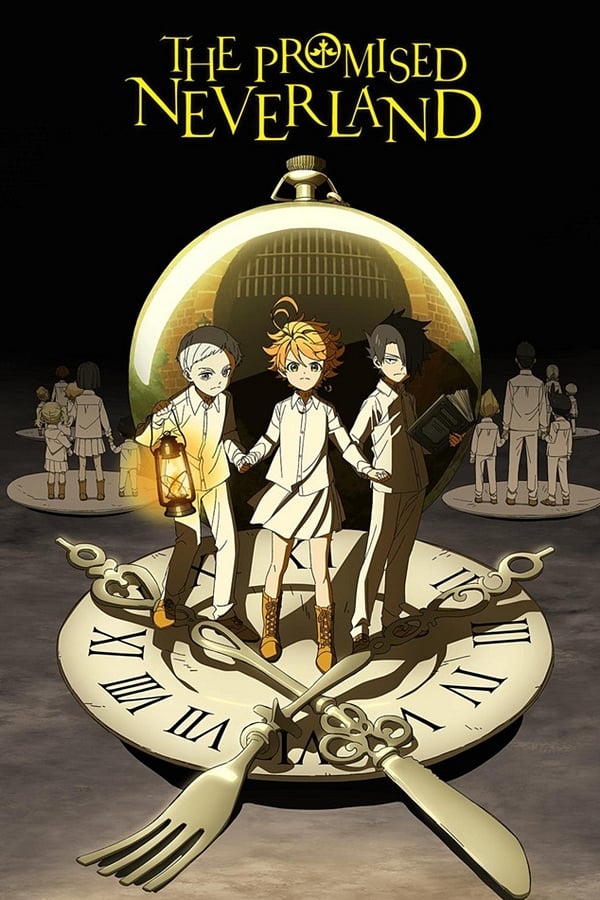
Emma, Norman, and Ray discover the dark secret behind their seemingly idyllic orphanage and start planning a daring escape, all while being watched. The story begins by revealing how the children are constantly tested, tracked, and kept to a strict schedule. We quickly learn that the caretakers, Sister Krone and Isabella, have complex roles and hidden motivations. As the plan develops, the children rely on skills like deciphering codes, creating maps, and carefully managing their limited resources.
‘Neon Genesis Evangelion’ (1995–1996) – an Angel attack that drafts a pilot
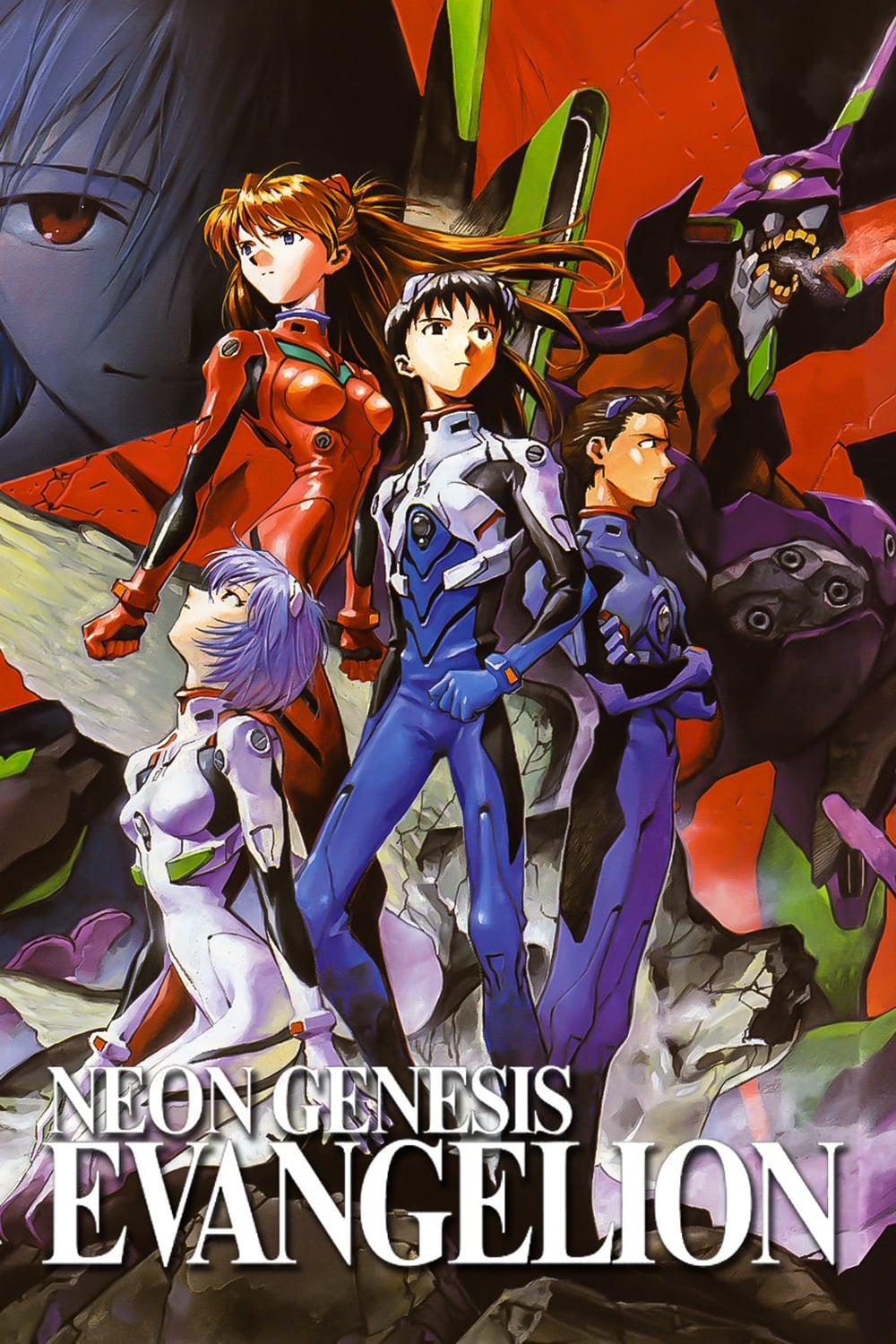
Shinji Ikari is unexpectedly called upon to pilot a giant robot, known as an Eva, to fight monstrous beings called Angels. This introduction reveals NERV, a secret organization disguised as the Marduk Institute, and the protective force fields called AT Fields. The beginning of the story explains how pilots connect with the Evas (synchronization), the liquid they immerse themselves in (LCL), and how the city is defended. Strict rules and a chain of command control every mission, and the backgrounds of the characters are gradually revealed, connecting them to the technology they use.
‘Cowboy Bebop’ (1998) – a bounty gone sideways on the fringes

The first episode introduces Spike and Jet as they get involved in a dangerous drug deal, showing how even small bounties can have major consequences. The Bebop, their spaceship, is established as their home and highlights their limited resources. The series creates a realistic future world through space travel, gate systems, and settlements on different planets. The episode is structured like a detective story, hinting that each bounty hunt will also reveal more about the characters’ pasts.
‘Parasyte -the maxim-‘ (2014–2015) – a failed takeover that changes a host

Instead of controlling Shinichi’s mind, an alien parasite lives in his right hand, creating a strange partnership. The story explores how the parasite eats, how it’s discovered, and how it pretends to be human. Conflicts between parasites show they don’t all want the same things. Meanwhile, Shinichi tries to hide the parasite at school and home, testing how well he can keep it contained and secret.
‘Dr. Stone’ (2019– ) – waking up to rebuild civilization
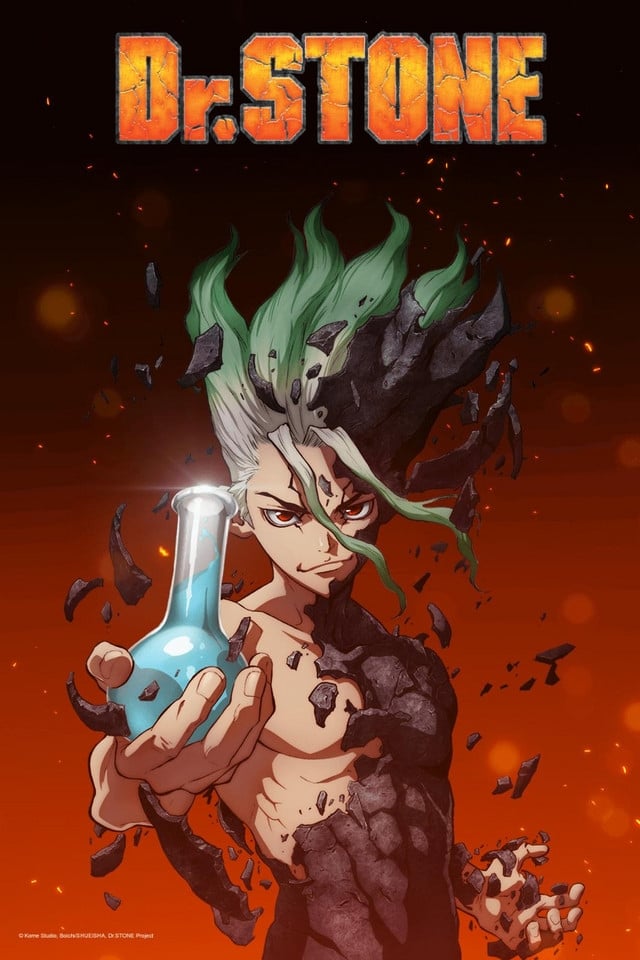
After a mysterious event turns everyone to stone, Senku wakes up and dedicates himself to bringing back technology, even with very few resources. The story quickly establishes how to reverse the petrification and what materials are most important to collect. We see how Senku’s ‘Kingdom of Science’ works alongside – and competes with – others, highlighting different ways of rebuilding society. Each experiment Senku conducts drives the plot forward, leading to new and useful inventions.
‘Tokyo Ghoul’ (2014–2018) – a transplant that blurs species lines
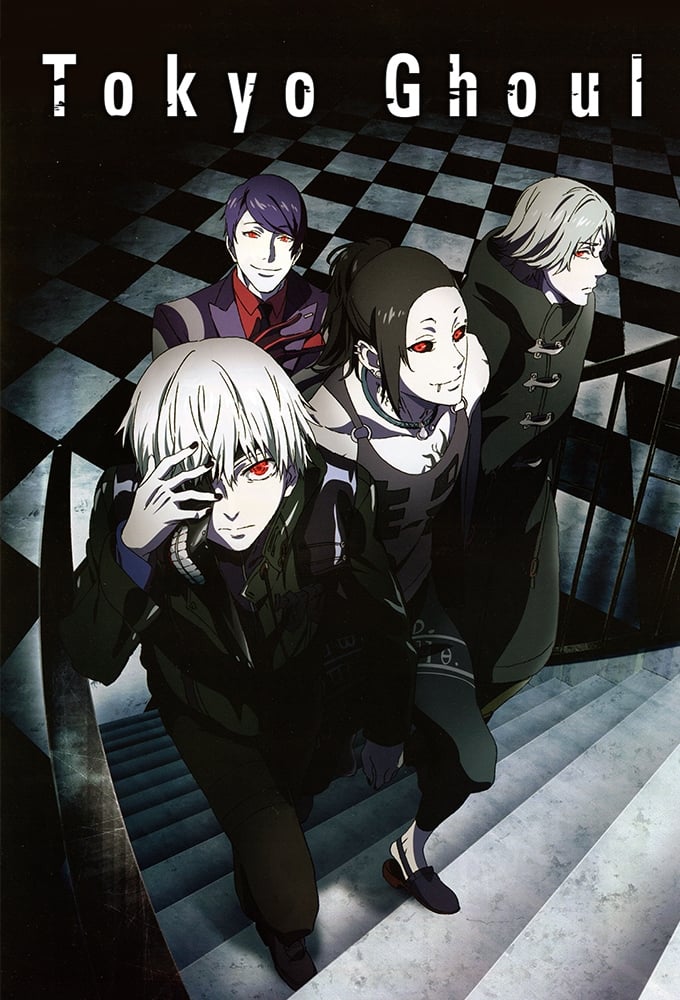
After undergoing surgery, Ken Kaneki becomes a half-ghoul and struggles with what and how to eat, as well as where he’s allowed to go. He finds support at Anteiku, a café that acts as a safe space and provides guidance for ghouls. The story begins by showing the differences between various ghoul groups and the Commission of Counter Ghoul’s methods for investigating them. Distinctive masks, the types of ghoul weaponry called kagune, and designated ward areas all play a role in defining who people are and where conflicts arise.
‘Yu Yu Hakusho’ (1992–1995) – a spirit detective’s first assignments
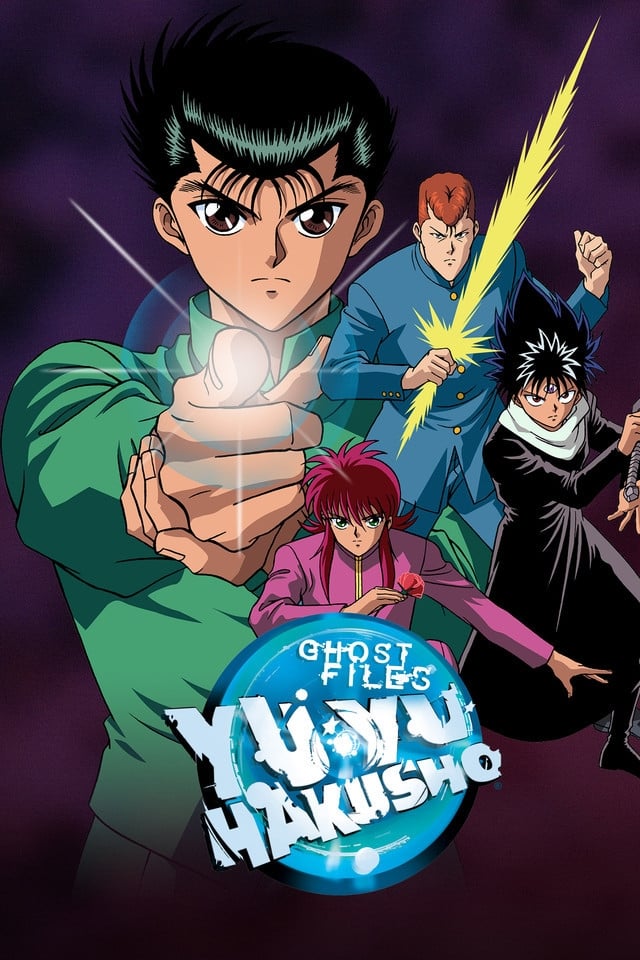
Yusuke Urameshi comes back to life and starts solving cases involving ghosts, demons, and the rules of the afterlife. He receives guidance from Botan and Koenma, who explain how things work and give him the tools he needs to deal with supernatural crimes. His initial battles help him develop his powers, which eventually become more refined techniques. This part of the story sets up the series’ structure, alternating between tournament-style events and individual cases.
‘Sailor Moon’ (1992–1997) – awakening a guardian of love and justice
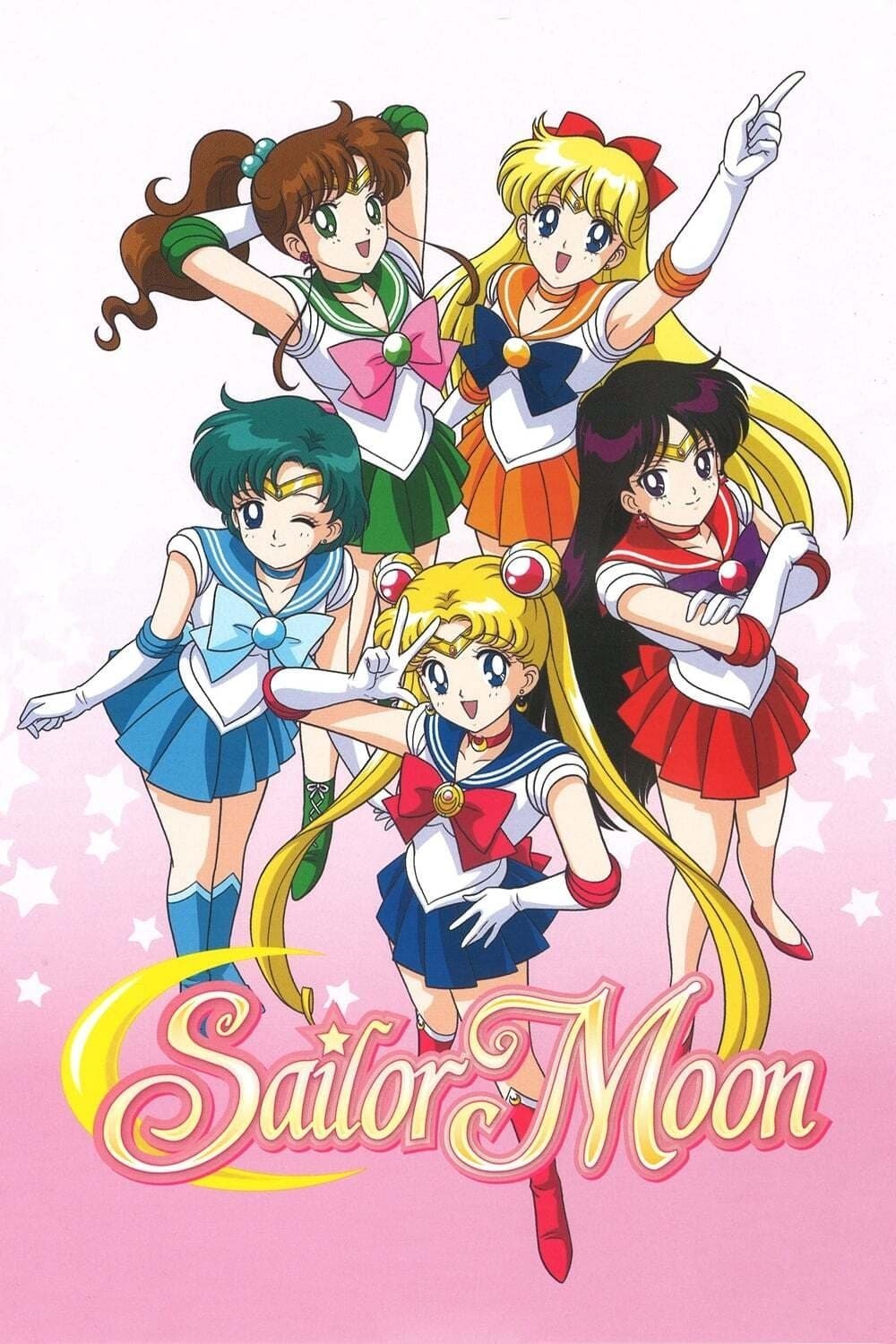
Usagi Tsukino discovers she’s a Sailor Guardian and is tasked with finding teammates and a princess, marked by a special brooch. The series begins with a pattern of battling individual monsters who steal energy, each with a unique theme. As the team grows, they develop consistent transformation sequences, signature items, and attacks. The story balances fantastical battles with everyday life in Tokyo, focusing on school, friendships, and keeping their identities secret.
‘Dragon Ball Z’ (1989–1996) – a Saiyan arrives and rewrites power scales

Raditz’s appearance dramatically changes everything, revealing Goku is actually a Saiyan and introducing new technologies like scouters, which measure a fighter’s power level. This event also brings the initially hostile Piccolo into a reluctant partnership with Goku, and quickly establishes that battles can have deadly consequences. We see the beginnings of characters training to become stronger, even learning they can gain power by traveling to the afterlife. Ultimately, Raditz’s arrival foreshadows a larger invasion and shows that Earth is now caught in a conflict between alien races.
Share your favorite arc opener—and the moment that first grabbed you—in the comments!
Read More
- Gold Rate Forecast
- Bitcoin’s Ballet: Will the Bull Pirouette or Stumble? 💃🐂
- SentinelOne’s Sisyphean Siege: A Study in Cybersecurity Hubris
- LINK’s Tumble: A Tale of Woe, Wraiths, and Wrapped Assets 🌉💸
- Dogecoin’s Big Yawn: Musk’s X Money Launch Leaves Market Unimpressed 🐕💸
- Binance’s $5M Bounty: Snitch or Be Scammed! 😈💰
- Can the Stock Market Defy Logic and Achieve a Third Consecutive 20% Gain?
- Ethereum’s $3K Tango: Whales, Wails, and Wallet Woes 😱💸
- Navitas: A Director’s Exit and the Market’s Musing
- VUG vs. VOOG: A Kafkaesque Dilemma in Growth ETFs
2025-11-06 08:18